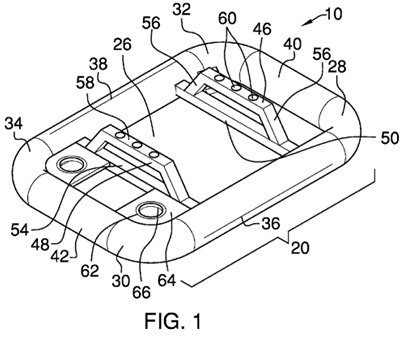On March 26, 2024, the US Patent & Trademark Office (PTO) issued a notice of proposed rulemaking in the Federal Register concerning changes to trademark application filings and fee adjustments in trademark cases for 2025. The PTO solicits written comments from the public on the proposed rule changes on or before May 28, 2024. The proposed rules seek to generate sufficient multiyear revenue for trademark operations in future years based on projections described in the notice.
The changes are recommended to support the PTO’s strategic goals and objectives, including optimizing trademark application pendency through the promotion of efficient operations and filing behaviors, issuing accurate and reliable trademark registrations, and encouraging access to the trademark system for stakeholders.
The proposal seeks to incentivize more complete and timely filings, improve prosecution, adjust 31 trademark fees and impose 12 new fees while discontinuing six existing fees. The proposal also seeks to consolidate the present Trademark Electronic Application System (TEAS) filing options (i.e., TEAS Plus and TEAS standard) into a single electronic filing option. The single option would include most of the same requirements as TEAS Plus, while eliminating those under TEAS Standard. The new filing framework would discontinue the previous filing fees and fees for failing to meet the requirements of a TEAS Plus application. Similar to TEAS Plus, however, applicants complying with the proposed requirements in their initial filing would pay the lowest fees.
The proposed fee adjustments would:
- Set the fee for a base application at $350 using the ID Master List (which is $100 more than the current fee for a TEAS Plus application)
- Discontinue current fees for filing an application under the Madrid Protocol
- Require surcharge fees between $100 and $200 for applications that are noncompliant with the base filing requirements
- Require an additional $200 fee per class for the identification of goods and services entered in the free-form text field to incentivize use of the Trademark ID Manual for such identifications instead
- Require an additional $200 fee for each additional group of 1,000 characters in the free-form text field; identifications directly from the ID Manual would not incur these fees
- Increase fees by $50 for filing amendments to allege use (AAU) and statements of use (SOU), with fees being discounted $100 for electronic filings
- Increase post-registration maintenance fees from $50 to $75
- Increase the letter of protest fee from $50 to $150.
Regarding the proposed fee adjustments, the notice describes changes to 37 CFR 2.6 and 7.6. The notice further describes changes to 37 CFR 2.22 and 2.71 with respect to base application fees and amendments to correct informalities, respectively.
For further details, see the Federal Register notice.
read more

 Subscribe
Subscribe



